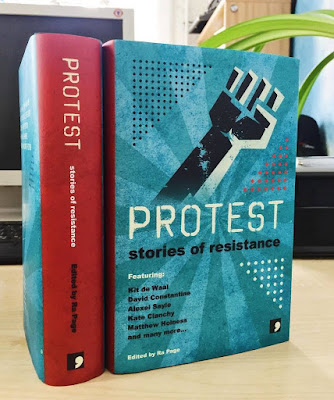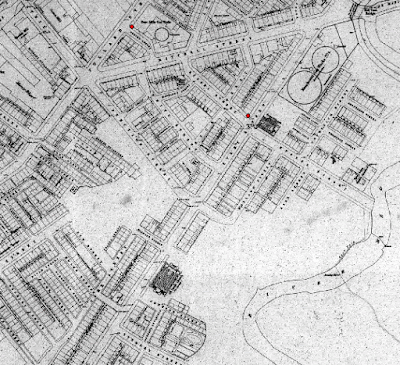banners, massacres, remembrance and justice

This tweet report from Fiona Rutherford about the Grenfell remembrance silent march on 14 December had some interesting pictures of the banners: Tonight I’m at the Grenfell Tower silent walk, which marks 6 months since the fire. It’s very emotional here. Hundreds of people have gathered outside Notting Hill Methodist Church where the peaceful march will begin. A thread: pic.twitter.com/8g7oBtBI1m — Fiona Rutherford (@Fi_Rutherford) December 14, 2017 In particular, I was intrigued by this moving banner: (from her pics): photo by Fiona Rutherford, on twitter I don't know anything about who made the banner or how it was made (please let me know if you know), and it's interesting that there appears to be a transparency of a ten pound note in the background of the scene of the burning tower in the centre, surrounding by the faces of those tragically lost. It brought to mind parallels with the banners used by early 19th century radicals and later by the Chartists to ...














